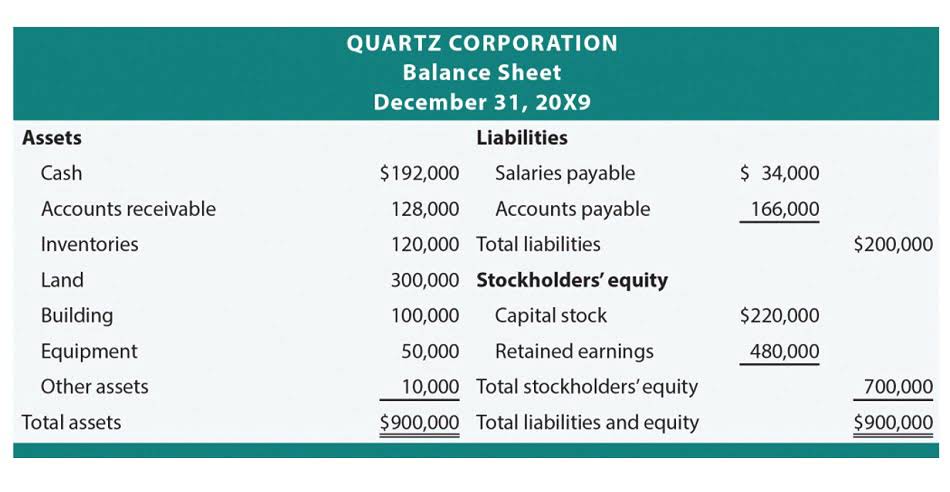
Permanent accounts help businesses make better financial decisions. At the end of an accounting period, companies reset a temporary account’s balance to zero with a closing entry that offsets its existing balance. You can use these accounts for a quarter or longer, depending on the transaction in the account.
What are permanent accounts?

These permanent accounts maintain a cumulative balance and offer a bigger picture of a company’s ongoing transactions. The entity’s revenue and gains need to be closed at the end of every year. Thus, accounts like sales accounts, service revenue accounts, interest income account, dividend income account, and profit on the sale of debit details of a company’s assets. Temporary — or “nominal” — accounts are short-term accounts for tracking financial activity during a certain time frame. Businesses close temporary accounts and transfer the remaining balances at the end of predetermined fiscal periods.

A rolling balance vs. a balance reset
On a border note, HighRadius offers a cloud-based solution that helps accounting professionals streamline and automate the financial close process for businesses. We have helped accounting bookkeeping and payroll services teams from around the globe with month-end closing, reconciliations, journal entry management, intercompany accounting, and financial reporting. Automation minimizes human error by ensuring that transactions are recorded accurately in both temporary and permanent accounts. Automated systems use predefined rules and algorithms to handle data, reducing discrepancies and improving the consistency of financial records. Lack of communication between different teams involved in financial management can lead to challenges in managing temporary and permanent accounts. It’s essential to establish clear lines of communication to ensure everyone is aligned.
Double Entry Bookkeeping
The how is sales tax calculated result is a lean finance team, lower expenses, and more time to devote to value-added work that boosts cash flow. Net income is the portion of gross income that’s left over after all expenses have been met. Retained earnings are defined as a portion of a business’s profits that isn’t paid out to shareholders but is rather reserved to meet ongoing expenses of operation. Below are a few scenarios to help us understand the temporary account numbers.
After compiling the totals from revenue and expense accounts, the net income or loss is transferred to retained earnings, and the income summary account is closed. Temporary accounts, such as revenue and expenses, are closed at the end of each period, so they start fresh in the next one. In contrast, permanent accounts, such as assets, liabilities, and equity, carry forward their balances from one period to the next. Efficient management of these accounts helps prevent errors and makes financial reporting easier. Further, automation tools can enhance this process, ensuring sound financial management. Asset, liability, and retained earnings accounts track a company’s history forever.
- He is the sole author of all the materials on AccountingCoach.com.
- The retained earnings account is reduced by the amount paid out in dividends through a debit and the dividends expense is credited.
- Automation tools often include features for detecting and correcting errors in real-time.
- After the closing journal entry, the balance on the dividend account is zero, and the retained earnings account has been reduced by 200.
- For instance, say a company makes $40,000 in revenue during Year 1 and $50,000 in revenue during Year 2.
Step 1: Close all income accounts to Income Summary
- Thus, accounts that are part of the income statement are temporary and are periodically closed.
- A sole proprietor or partnership often uses a separate drawings account to record withdrawals of cash by the owners.
- Permanent accounts track activities that extend beyond the current accounting period.
- Manual cash application and reconciliation processes are rife with errors.
- At the end of an accounting period, the company deducts it to reflect loan payments made and carries the remaining balance forward into the next period.
It is not a temporary account, so it is not transferred to the income summary but to the capital account by making a credit of the amount in the latter. The income summary is a temporary account of the company where the revenues and expenses were transferred to. After the other two accounts are closed, the net temporary accounts income is reflected. Taking the example above, total revenues of $20,000 minus total expenses of $5,000 gives a net income of $15,000 as reflected in the income summary. A temporary account is an account that is closed at the end of every accounting period and starts a new period with a zero balance. The accounts are closed to prevent their balances from being mixed with the balances of the next accounting period.

Temporary vs. Permanent Accounts: What’s the Difference?
- Your COA allows you to easily organize your different accounts and track down financial or transaction information.
- Below are a few scenarios to help us understand the temporary account numbers.
- The balance in the drawing account is transferred directly to the owner’s capital account and will not be reported on the income statement or in an income summary account.
- Other than the retained earnings account, closing journal entries do not affect permanent accounts.
- The AI algorithm continuously learns through a feedback loop which, in turn, reduces false anomalies.
- As it is not a temporary account, it is transferred to the capital account instead of the income summary through an amount credit.
For example, Company ZE recorded revenues of $300,000 in 2016 alone. Then, another $200,000 worth of revenues was seen in 2017, as well as $400,000 in 2018. If the temporary account was not closed, the total revenues seen would be $900,000. @MrSmirnov – I work at a small insurance agency and we do have a temporary account. During the day we collect payments from our customers on behalf of the insurance company.


